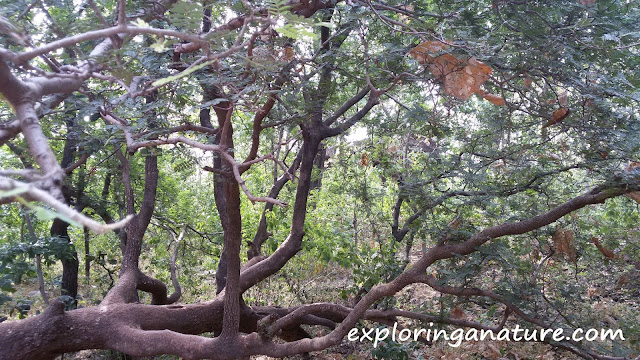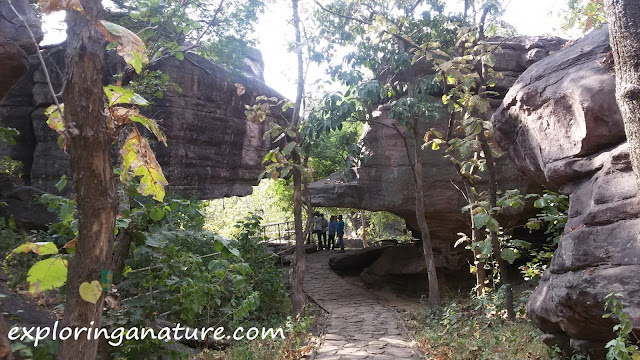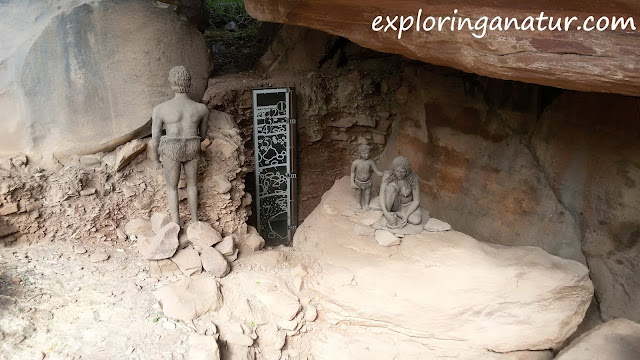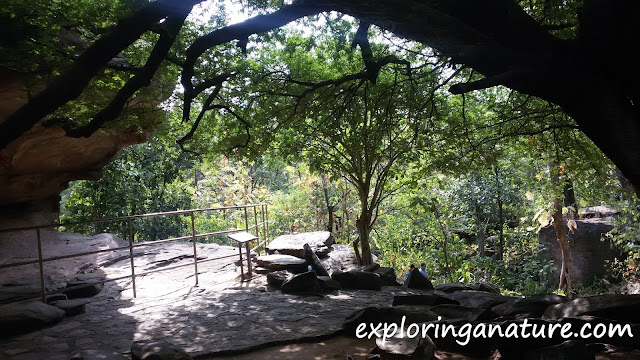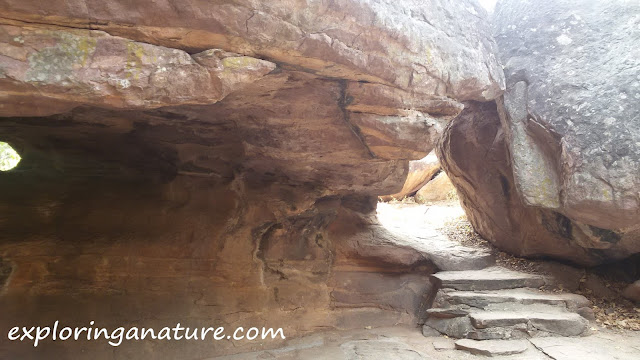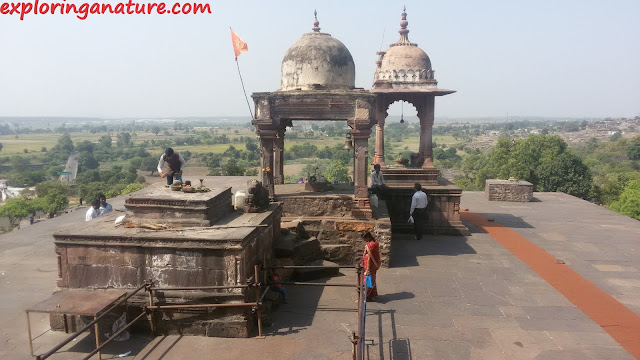Exploring Our Historical Past Event -Bhimbetka, The Rock Shelter
A majestic world of our ancestor
Exploring beautiful places around the globe is what one wishes for always. Hello amigos! I recently visited a very beautiful and completely offbeat destination place, Bhimbetka. This is my first travel blog. I have a bundle of travel experience to share, but the reason to go ahead first with Bhimbetka is not only due to its prehistoric aspects but also its magnetic natural sparkling beauty which ignites personal bonding with all nature and art lover. And I too have this unimaginable bonding with Bhimbetka.
Here, I will scribe my personal adventurous journey to Bhimbetka. Bhimbetka considered as one of the most-talked-about ancient sites in India. Since prehistoric time, Bhimbetka reflects a long interaction between the people and nature, as demonstrated in the quantity and quality of its rock art. The cave paintings though look very simple but are one of the earliest recordings of human settlers in India describing their socio-cultural evolution. The earliest cave painting at Bhimbetka rock shelters is as old as 30,000 years. The lush green Bhimbetka is also associated with a legendary character from Mahabharat: Bhima. The word Bhimbetka is said to be derived from Bhimbaithaka, a seat of Bhim. It is the resting place of Bhima when he was in exile with his Pandava’s brother. It is also a UNESCO world heritage. Knowing this, Bhimbetka was on my list for the top five places to visit.
 |
| Inside Location Map of Bhimbetka (Source- ASI) |
Bhimbetka is in Raisen district, 45 kilometres southwest of Bhopal, Madhya Pradesh. The closest city is Obedullaganj. It is a UNESCO world heritage, consisting of seven hills Vinayaka, Bhonrawali, Bhimbetka, Lakha Juar, Jhondra and Muni Babaki Pahari. It is extended over 10 kilometres at the southern edge of Vindhya and Satpura Hills. Around 760 rock shelters are distributed over 10 kilometres in these ranges. More than 500 caves contain paintings and other artworks. Bhimbetka hills contain largest cave- 243, then Lakha Juar contains 178 caves respectively, hence it is also called Bhimbetka Rock Shelters, located inside Ratapani Wildlife Sanctuary.
 |
| Path direction inside Bhimbetka |
The rock art at Bhimbetka is one of a first rare glimpse of homo-erectus settlement in India. It is the collection of Prehistoric, Paleolithic and Mesolithic periods as well as the historic period. It represents the true and live pictures of ancient historical human races and their lifestyle. The subject of art is very rich, engages the socio-cultural evolution of early settlers from hunter-gathering to agriculture and involves the spiritual context of early settlers. It has the oldest known rock art in the Indian subcontinent and shelters were inhabited by Homo erectus more than 100,000 years ago. They used either vegetable colours or minerals like manganese, iron and charcoal for the painting on the inner walls of the cave. The shades of cave preserved the valuable art for centuries. These arts are rich with red, white and yellow colour and vibrant over greenish, pale yellow sandstone. The rock art depicts the human figures man, woman and even indeterminate, animals like boar, ox, elephant and scenes like hunting, battle, festivals and families. Some of the inscriptions also depict mythological aspects of early settlers, for example, monk and hermits living in isolation, an important aspect of VANWASH, a Hindu way of living. There are also the pictures of a mythological animal which is the combination of boar, ox and elephant, yakshas, flying chariots, etc, giving a glimpse of the very early development of Hinduism.





